When Apple introduced the iPhone 4, everyone was fascinated by the fine pixel density of its display. Then nothing much happened for a long time until he came with the iPhone X and its OLED. At that time it was mandatory, because it was common among competitors. Now we are introduced to the iPhone 13 Pro and its ProMotion display with an adaptive refresh rate that reaches up to 120 Hz. But Android phones can do more. But also usually worse.
Here we have another factor in which individual smartphone manufacturers can compete. The refresh rate also depends on the size of the display, its resolution, the shape of the cut-out or cut-out. This determines how often the displayed content is updated on the display. Before the iPhone 13 Pro, Apple phones have a fixed 60Hz refresh rate, so content updates 60x per second. The most advanced duo of iPhones in the form of the 13 Pro and 13 Pro Max models can adaptively change this frequency depending on how you interact with the device. That is from 10 to 120 Hz, i.e. from 10x to 120x display refresh per second.
It could be interest you
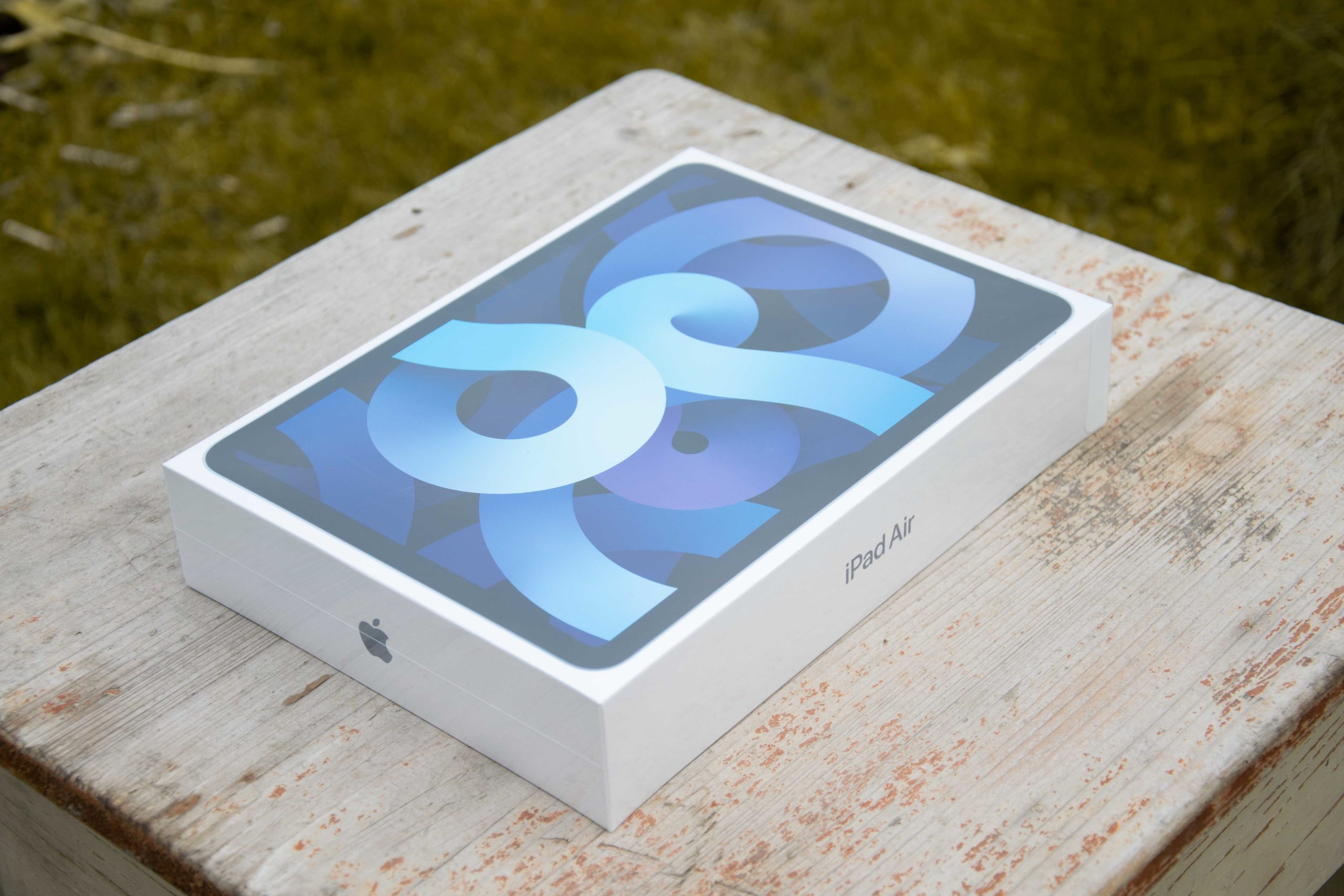
Normal competition
Nowadays, even mid-range Android phones have 120Hz displays. But usually their refresh rate is not adaptive, but fixed, and you have to determine it yourself. Do you want maximum enjoyment? Turn on 120 Hz. Do you rather need to save battery? You switch to 60 Hz. And there is also a golden mean in the form of 90 Hz. This is definitely not very convenient for the user.
That's why Apple chose the best way it could - with regard to the experience and with regard to the durability of the device. If we don't count the time spent playing graphically demanding games, most of the time the 120Hz frequency is simply not needed. You will especially appreciate the higher screen refresh when moving in the system and applications, as well as playing animations. If a static image is displayed, there is no need for the display to flash 120x per second, when 10x is enough. If nothing else, it mainly saves the battery.
It could be interest you
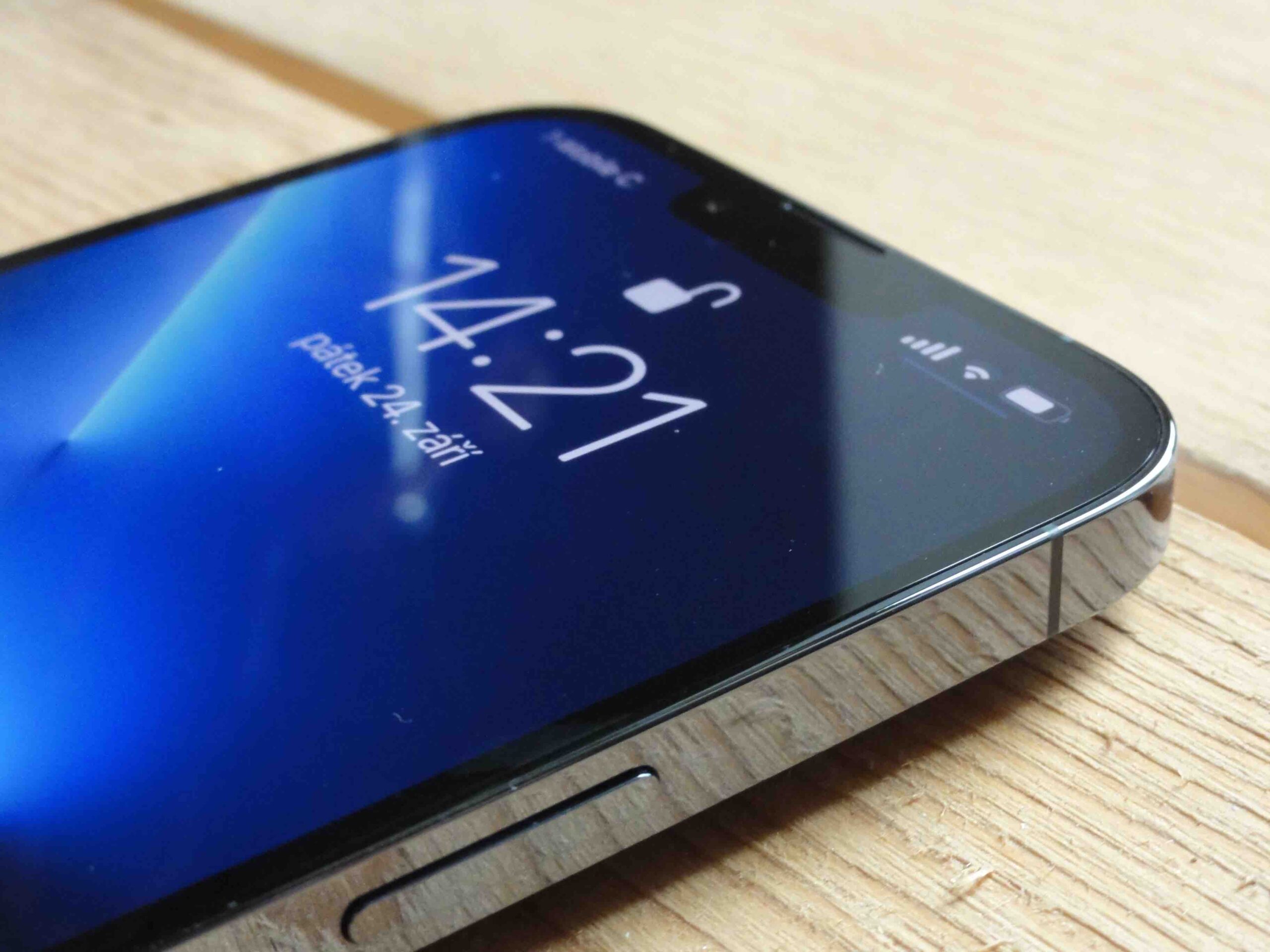
The iPhone 13 Pro is not the first
Apple introduced its ProMotion technology, as it refers to adaptive refresh rate, in the iPad Pro already in 2017. Although it was not an OLED display, but only its Liquid Retina display with LED backlighting and IPS technology. He showed his competition what it can look like and made a bit of a mess with it. After all, it only took a while before iPhones brought this technology.
Of course, Android phones try to improve the variety of content display with the help of a higher frequency of the display in order to extend the battery life. So Apple is certainly not the only one that has an adaptive refresh rate. The Samsung Galaxy S21 Ultra 5G can do it in the same way, the lower model Samsung Galaxy S21 and 21+ can do it in the range of 48 Hz to 120 Hz. Unlike Apple, however, it again gives users a choice. They can also switch on a fixed 60Hz refresh rate if they want.
If we look at the Xiaomi Mi 11 Ultra model, which you can currently get for less than CZK 10, then by default you only have 60 Hz enabled and you have to enable the adaptive frequency yourself. However, Xiaomi usually uses the 7-step AdaptiveSync refresh rate, which includes frequencies of 30, 48, 50, 60, 90, 120 and 144 Hz. It therefore has a higher range than in the iPhone 13 Pro, on the other hand, it cannot reach the economical 10 Hz. The user can't judge it with his eyes, but he can tell by the battery life.
It could be interest you
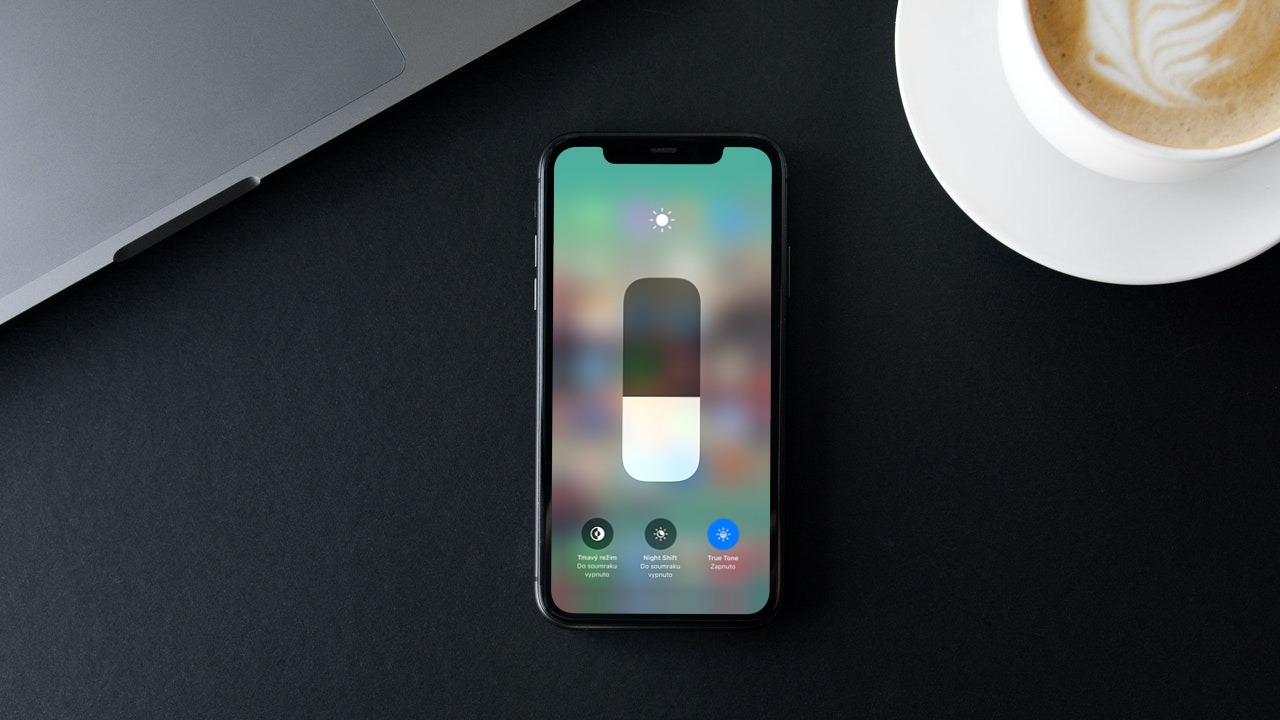
And that's what it's all about - balancing the user experience of using the phone. With a higher refresh rate, everything looks better and everything that happens on it looks smoother and more pleasant. However, the price for this is higher battery drain. Here, the adaptive refresh rate clearly has the upper hand over the fixed one. Moreover, with technological progress, it should soon become an absolute standard.
 Adam Kos
Adam Kos 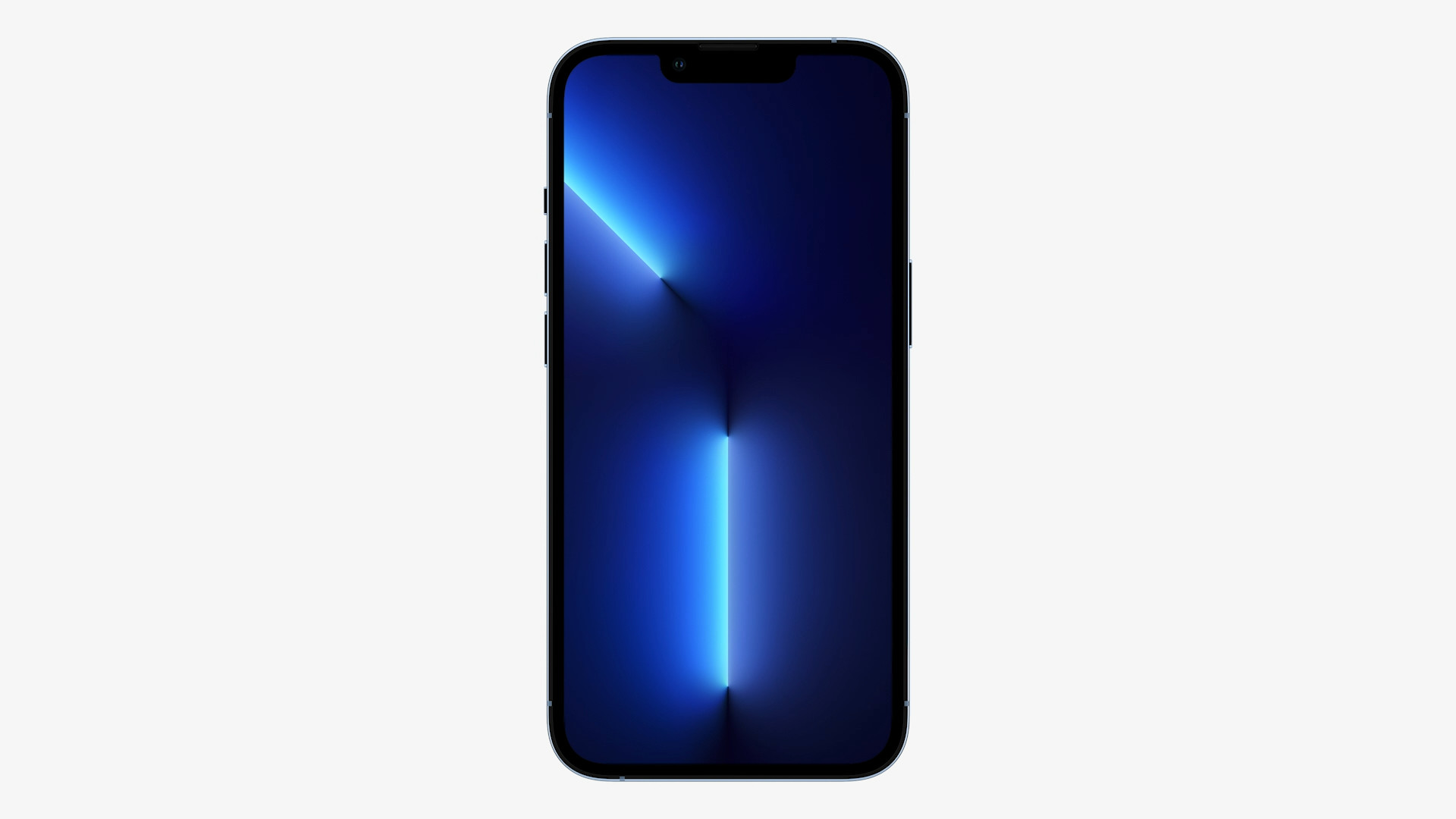
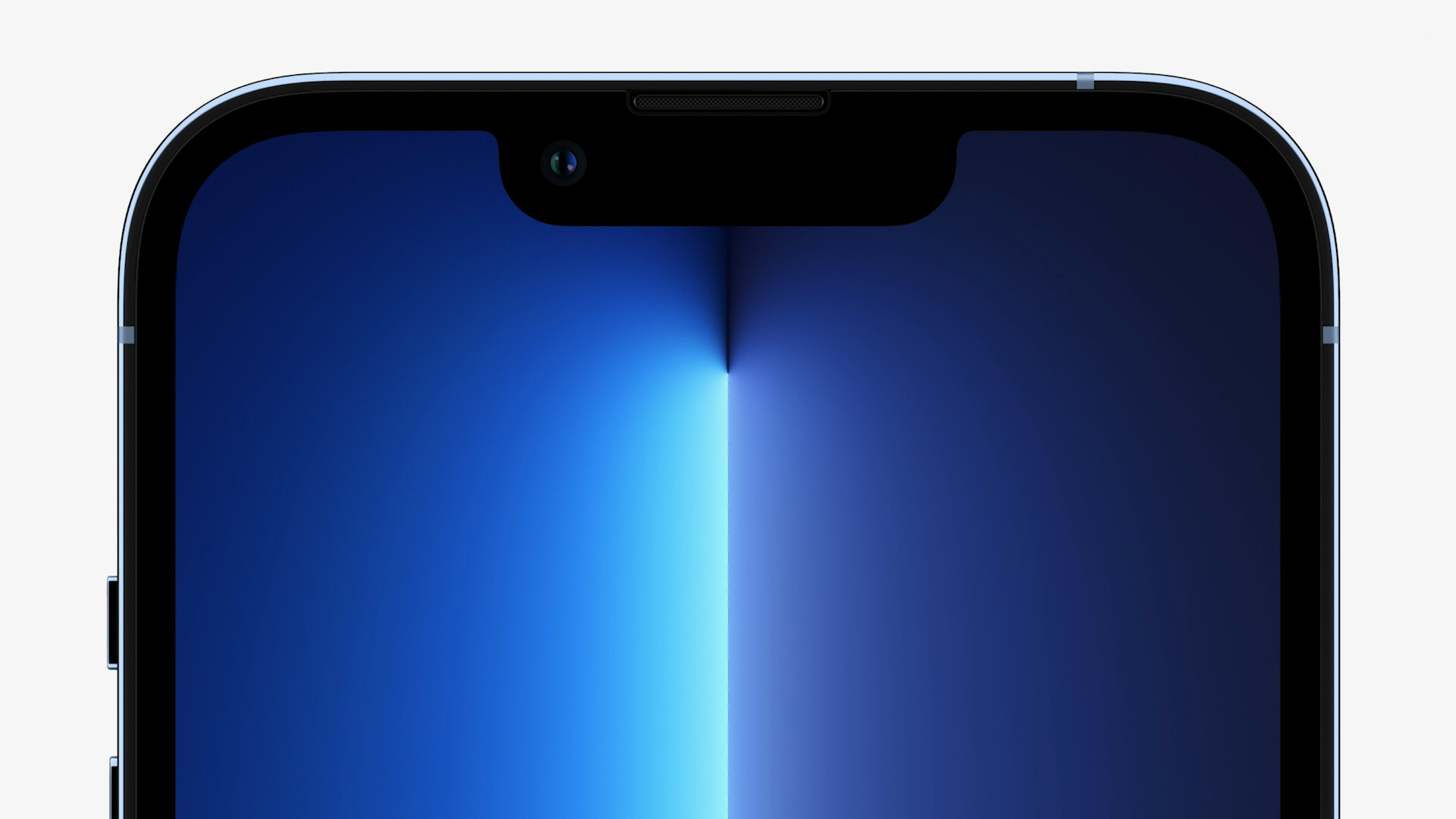

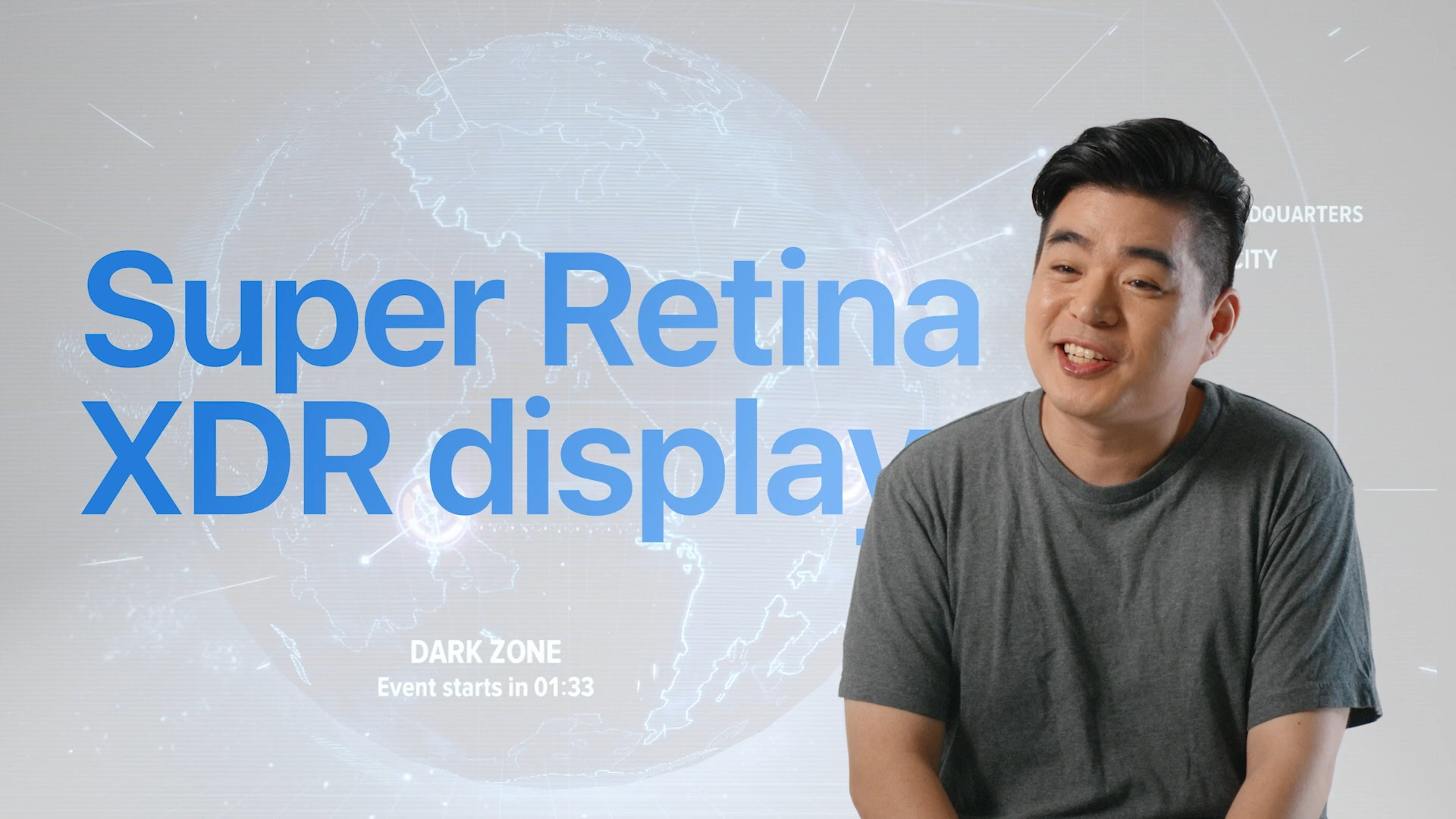


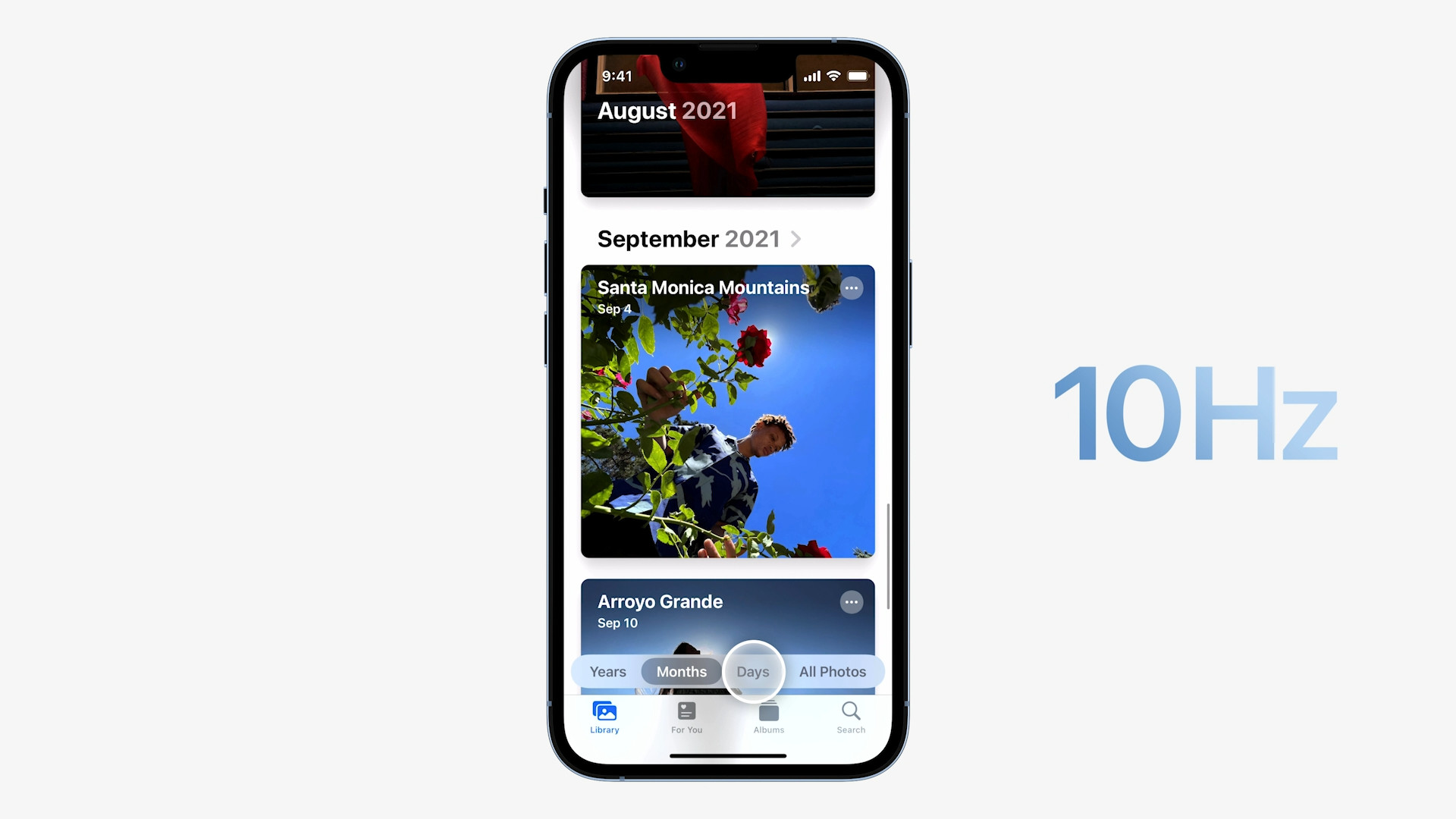


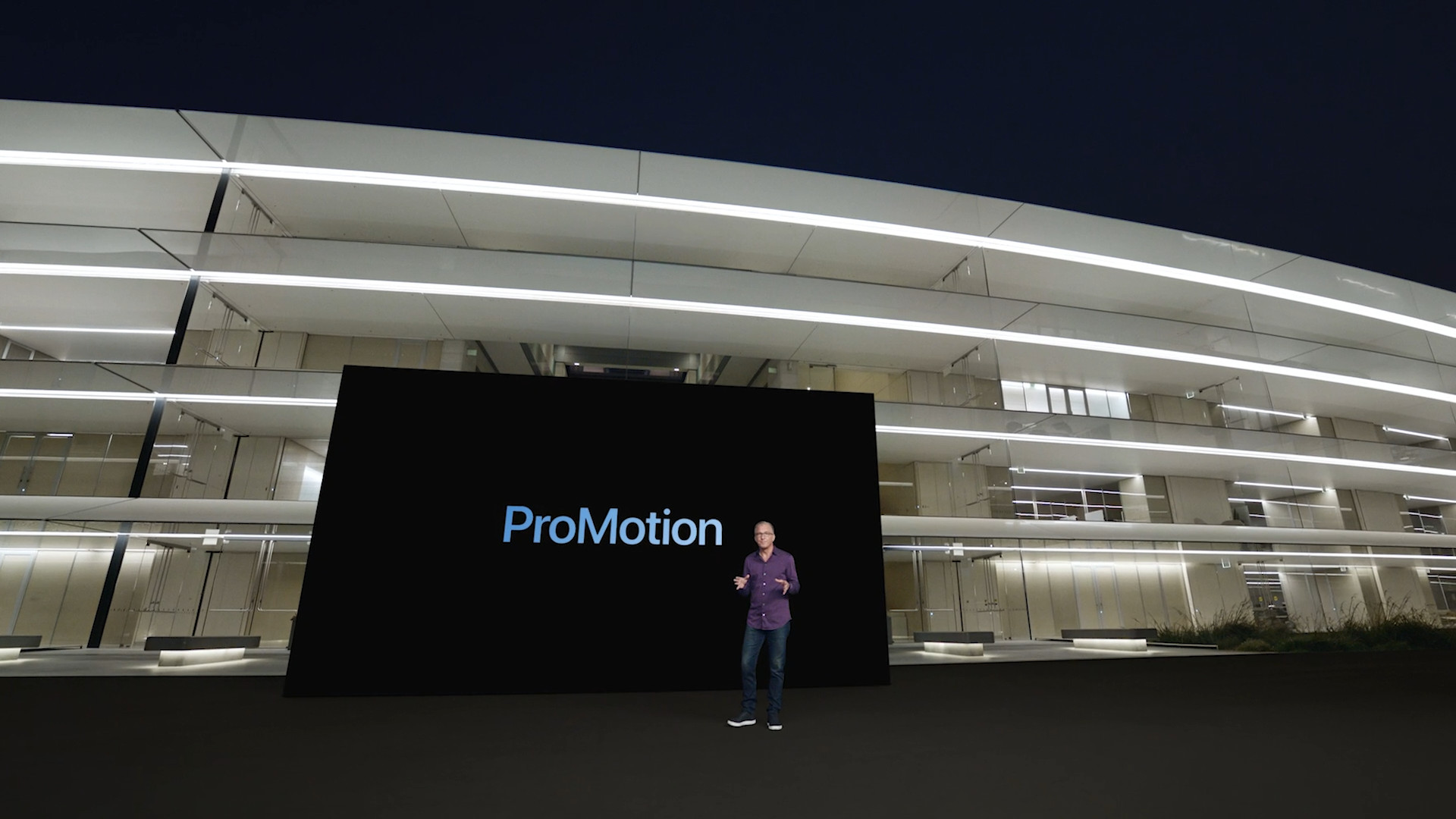
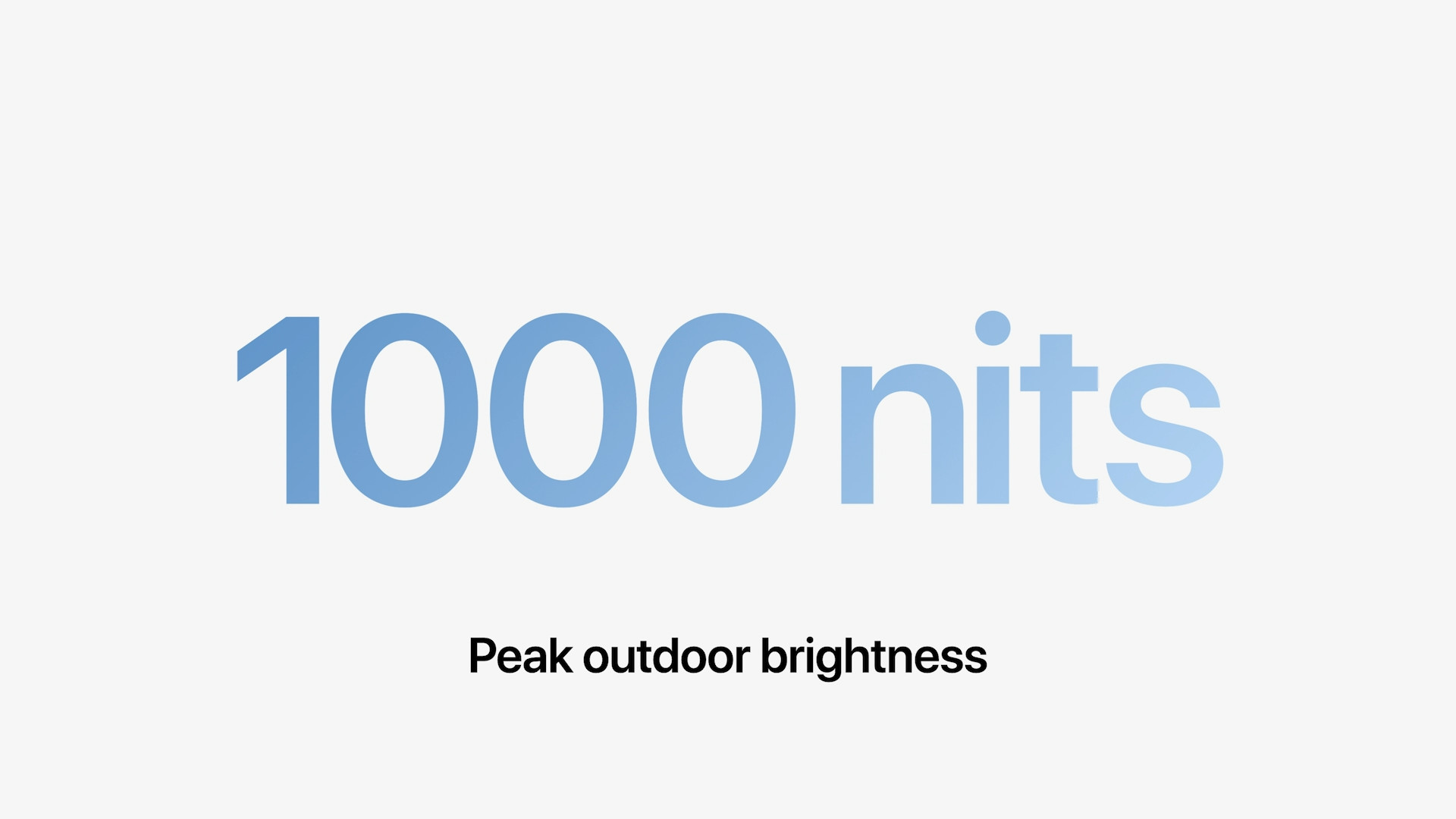

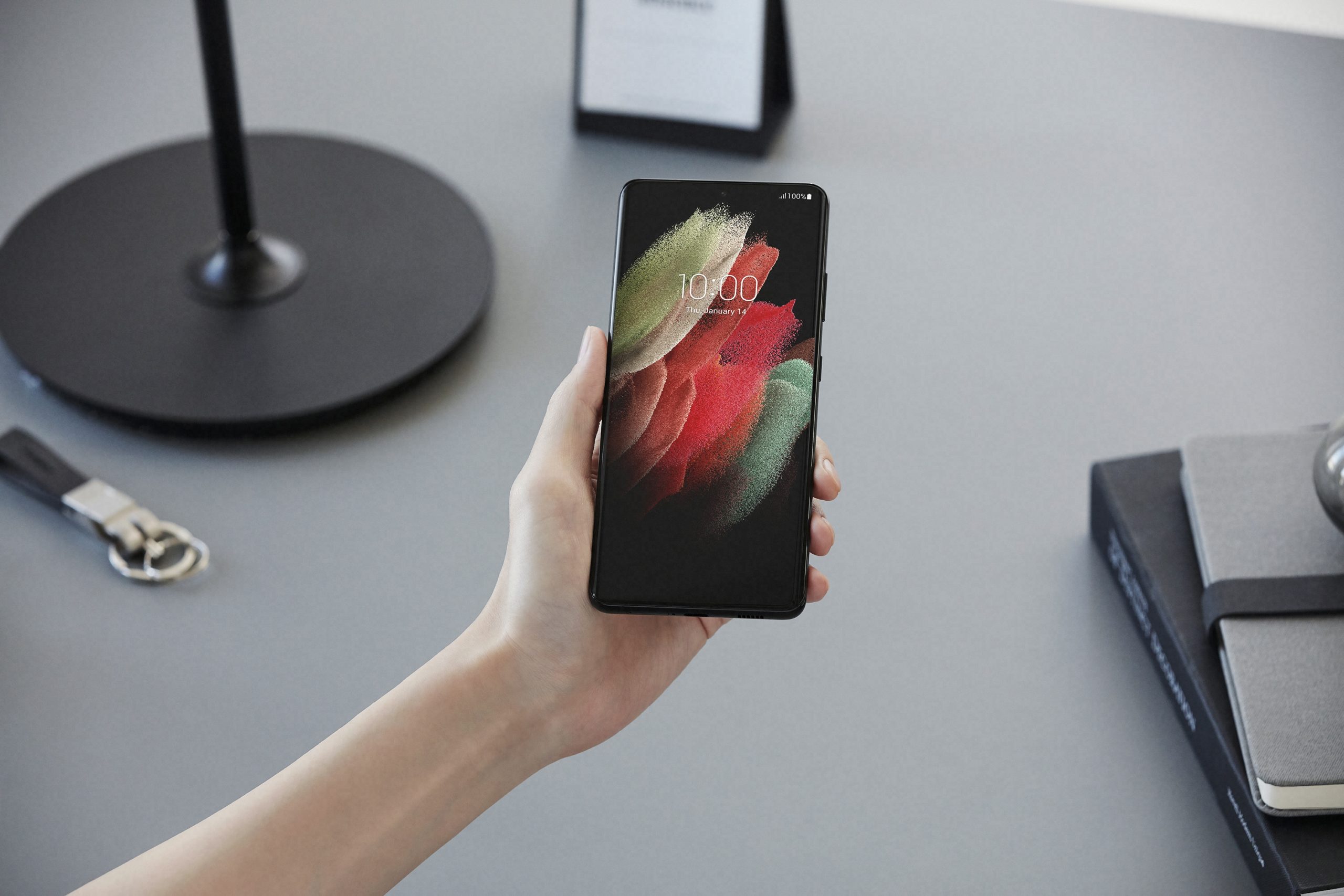


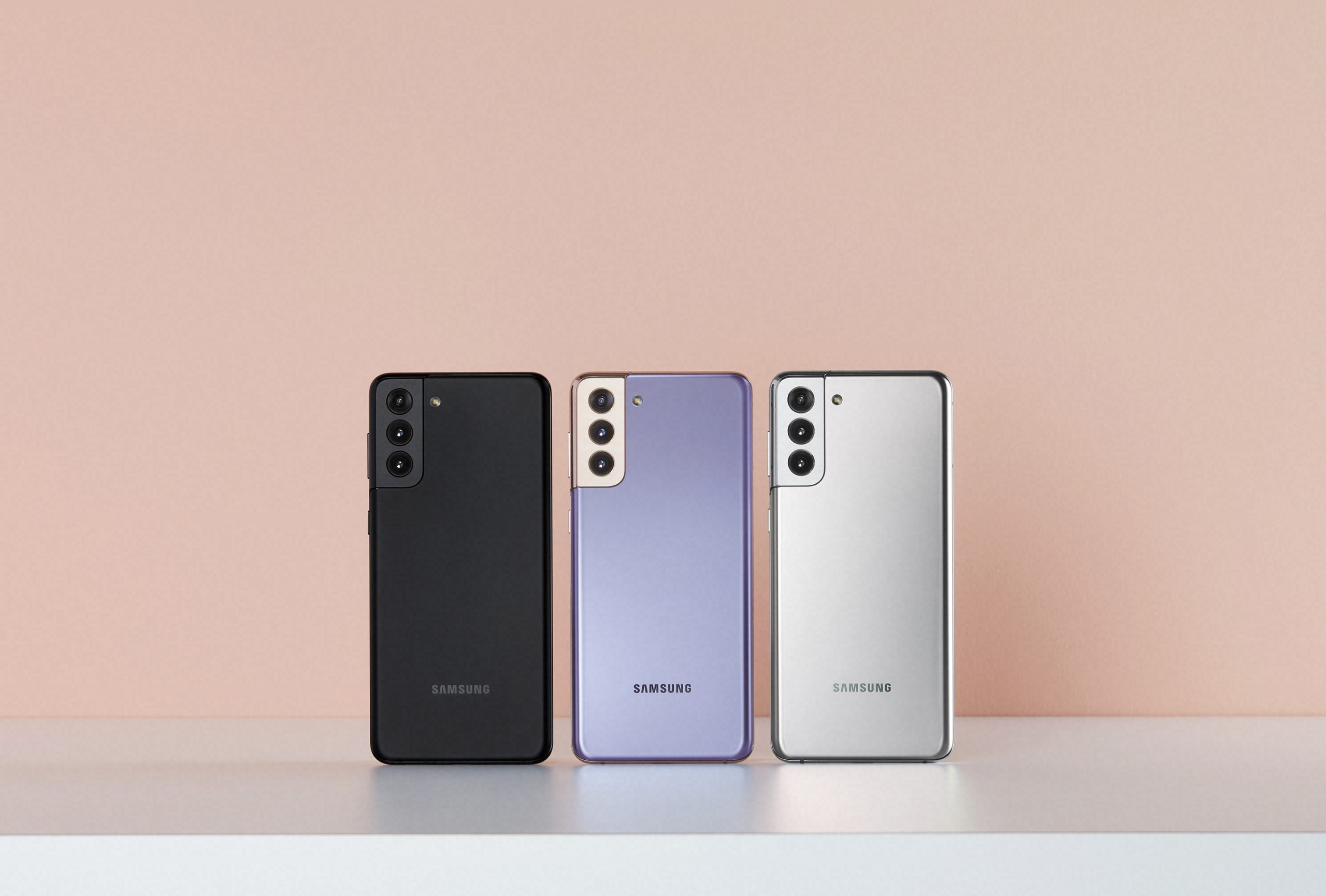
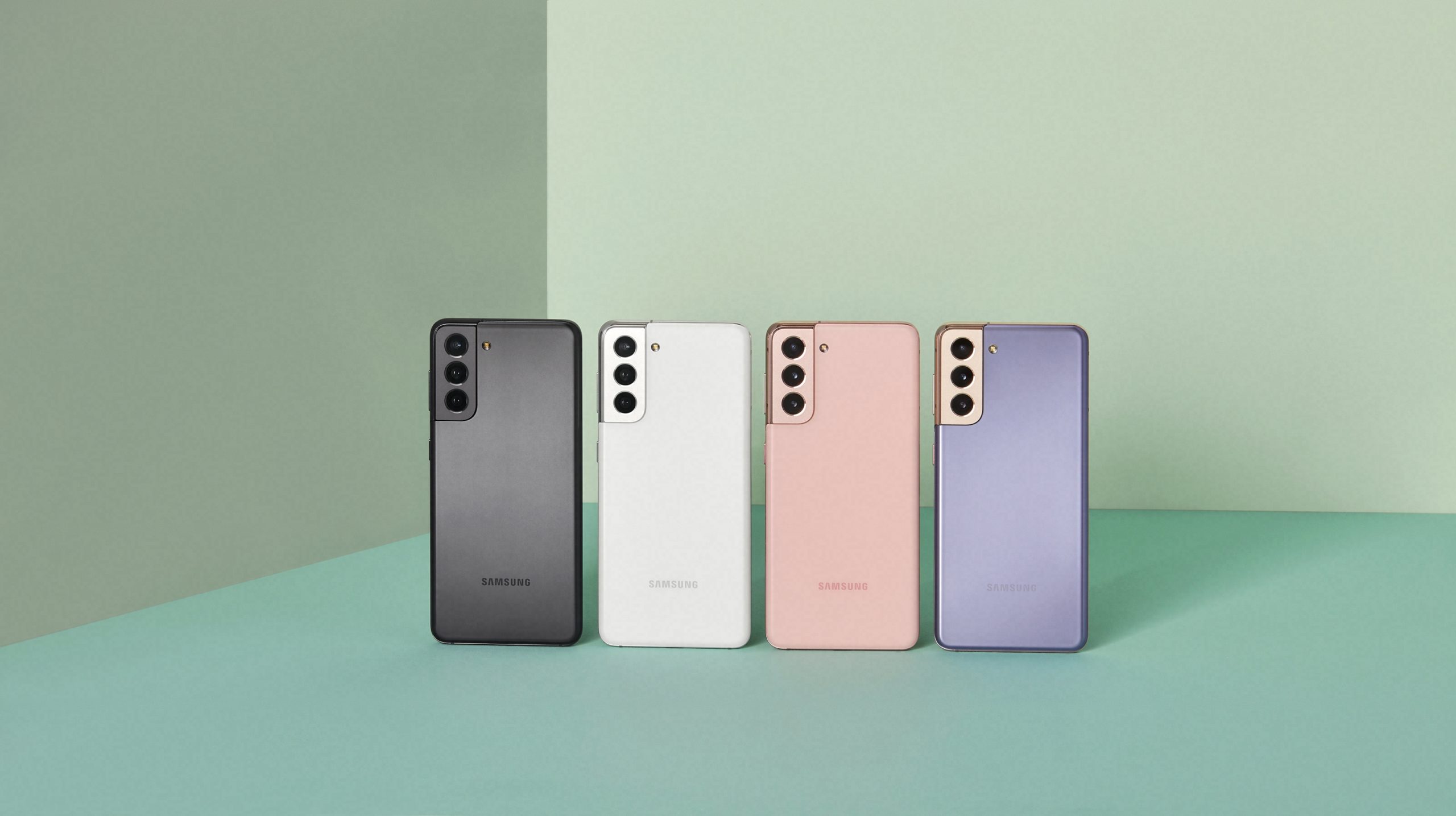
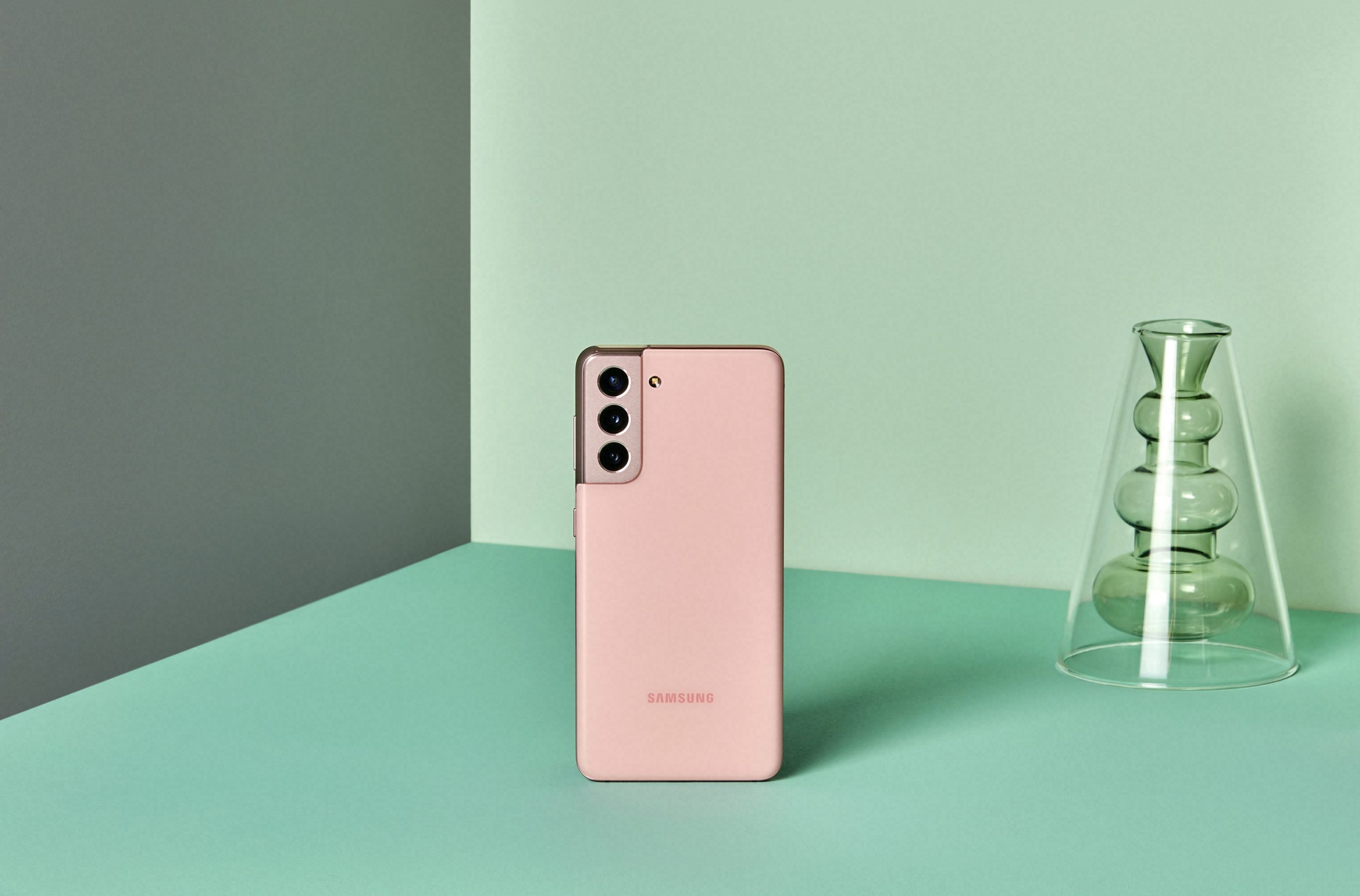
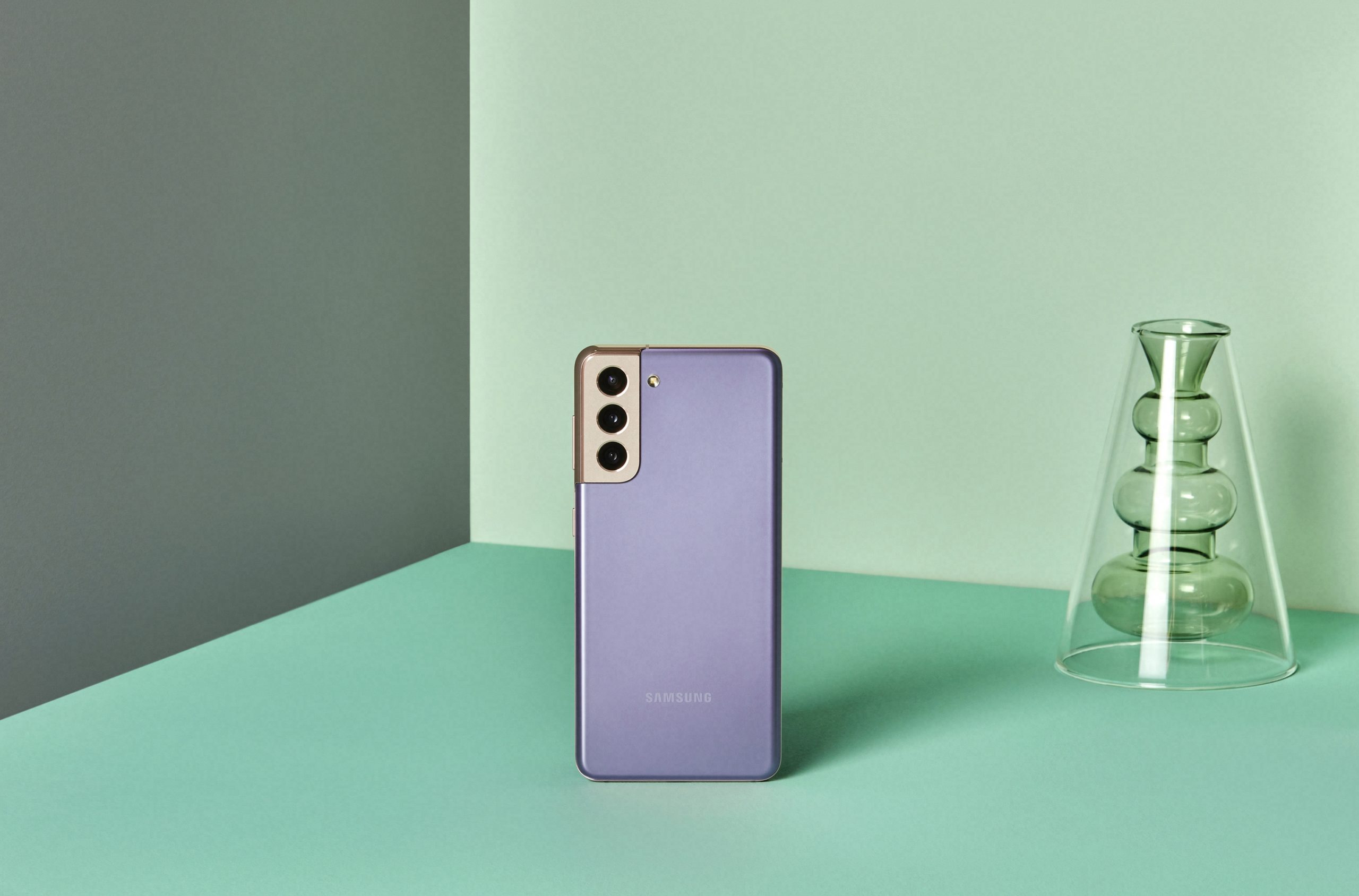
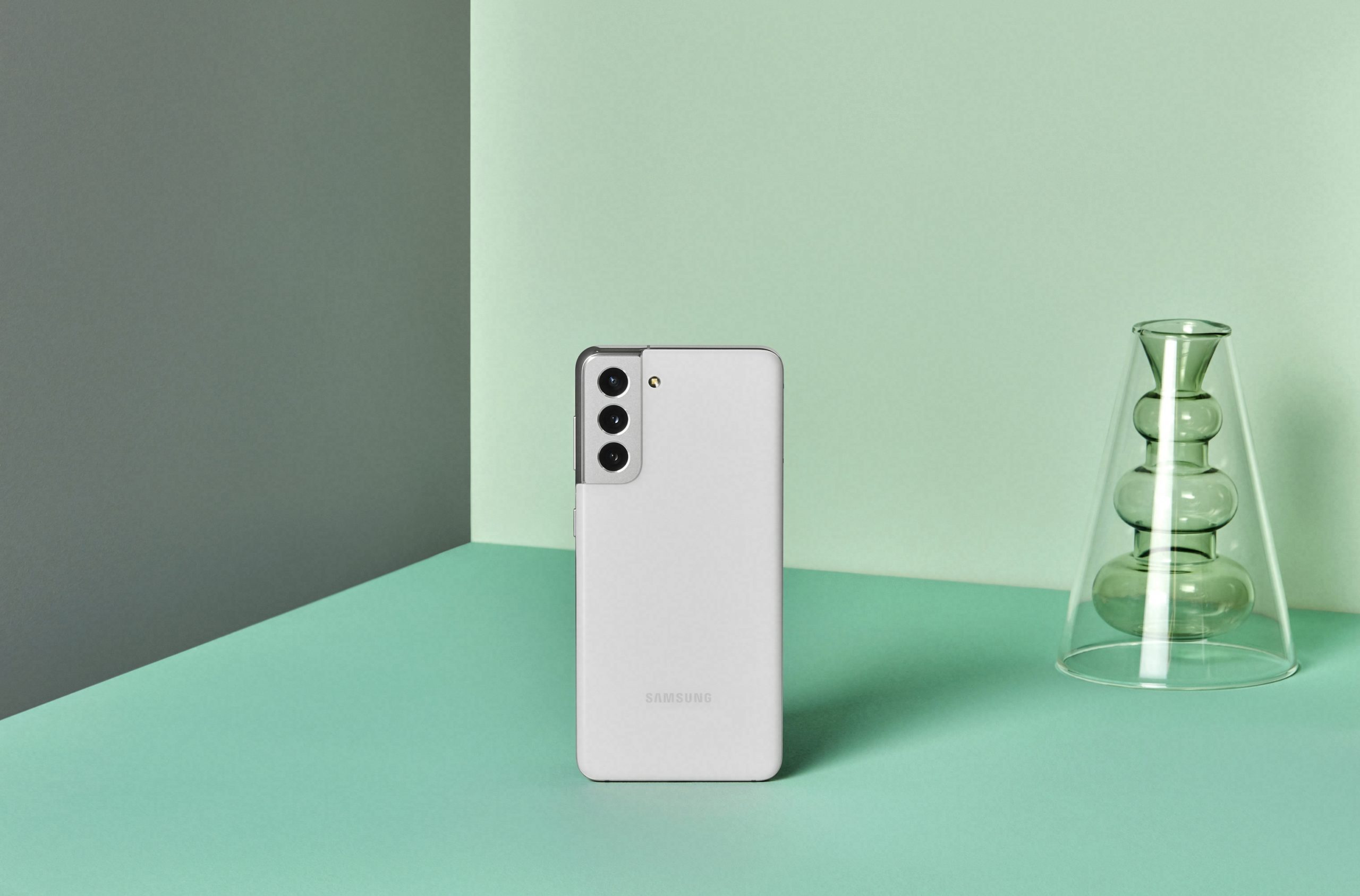
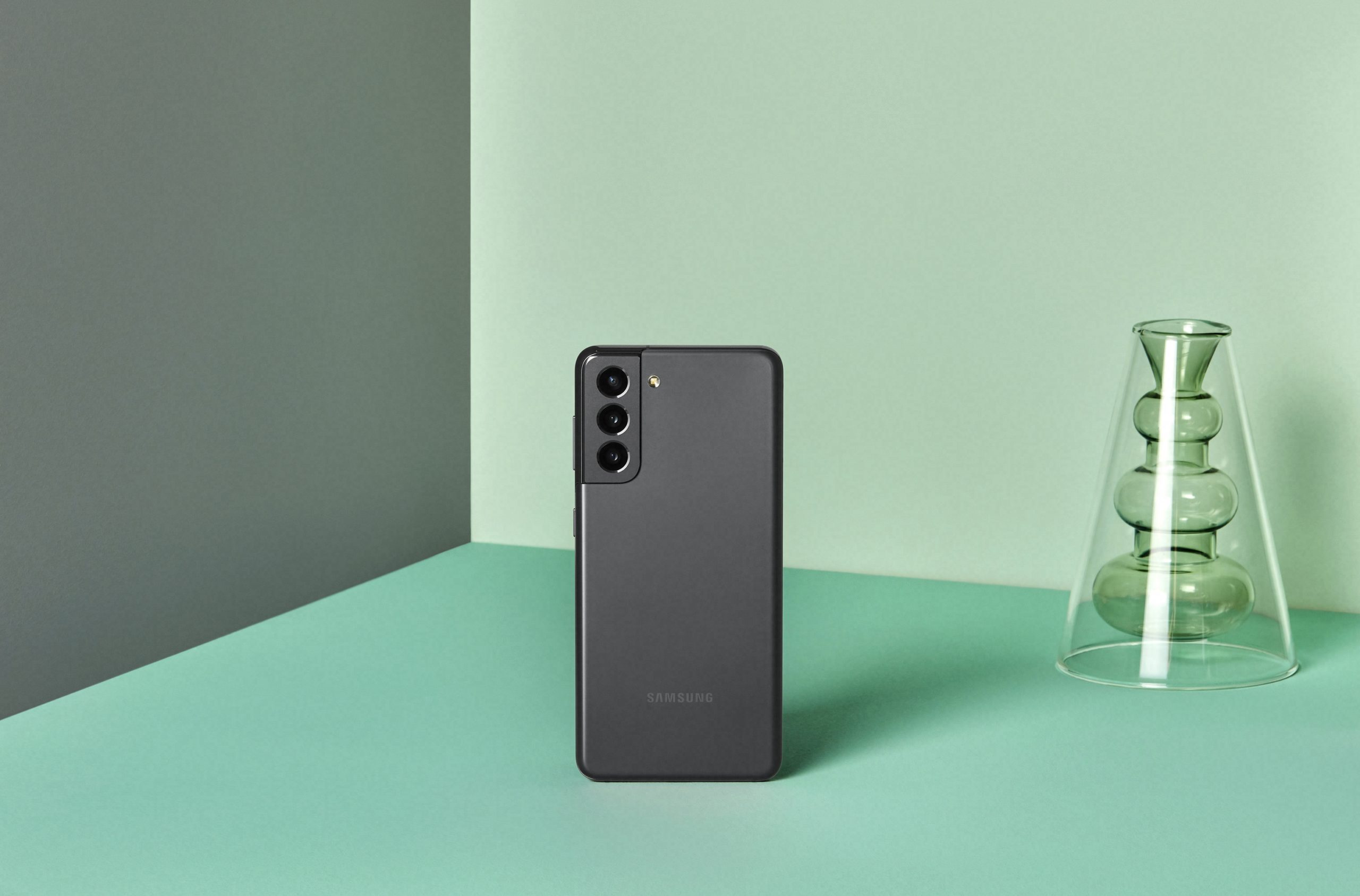
And that's just about it, Lagdroid's competition is trying to "paper" something quickly, but it can't tune it as perfectly as Apple. I think that for battery consumption it is much better to use the 10-120Hz range adaptively, the range from the lowest values is much more interesting to me than the 120Hz, which not everyone notices and uses.
Try reading the article again.
The competition has twice the capacity of the barrier and charges really fast.
Put a wet hard on your head and read it all 😉
So how many hours a day does the author look at static content (probably some of his selfies with his phone) and thus realistically save battery 10x vs 48x). In reality, he has no idea about it, because it is actually completely negligible.
"If we look at the Xiaomi Mi 11 Ultra model, which you can currently get for under 10..." Please, dear editor, don't write anything about the iPhone and Androids, the current price of the Mi11Ultra is about 33, but if you know where you can get it for ten click here from the link, I will buy at least 10 of them. It will be a blast!!
Yes, you can have a choice on android, that's also the different philosophy of both systems. Apple is trying to make it simple for a person who either doesn't understand or can't or doesn't want to. With Android, it's for people who like to go into the settings and fiddle with it for a while to set it up to their liking. Of course not all androids have adaptive frequency but of course the price is somewhere else entirely if you want to compare it to a 30k phone…….
If we look at the Xiaomi Mi 11 Ultra model, which you can currently get for under 10 CZK... And where is it under 10? Tvl iOvce are really off 😂
Your mother was out when she gave birth to the android
Outside was your photo when he rubbed you into the blanket
And why is it that an iPhone for 30 sticks has LTPO and midrange Androids for 10 don't? When we build Android at approximately the same price level as the iPhone. That's the difference. frequency between iPhone13 and Samsung S21, OnePlus 9 Pro or Oppo Find X3 which?
I already had the adaptive refresh rate on the OP7 Pro, so nothing new for me. In addition, all the more expensive droids already have it as standard.
Congratulations to Apple for once again being able to catch up with the competition. That's why I'm keeping my fingers crossed that a visionary will be found in Apple again, who instead of catching up with the competition and just renewing the old, will come up with new ideas that will make Apple the leader among innovators again - Apple fans deserve it.